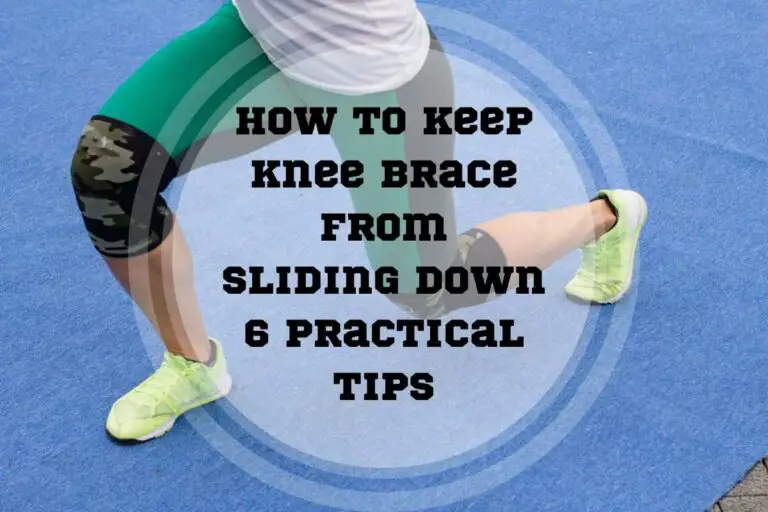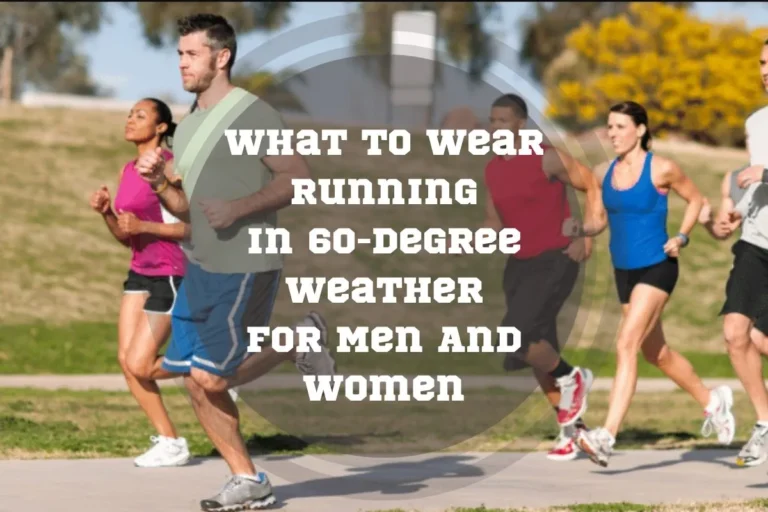Glossary of running words: useful terms used by runners
The Runner’s Dictionary: your ultimate guide to the language of running. Designed for beginners and seasoned athletes alike, this comprehensive resource unlocks the terminology essential to every runner’s journey. From stride length to fartlek, this dictionary decodes running-specific terms, enabling better understanding and improved training techniques.
Altitude Training
Altitude training for running involves training at high-altitude locations or using simulated altitude environments to enhance athletic performance. It is primarily utilized by endurance athletes, such as distance runners and cyclists, seeking to improve their oxygen utilization, endurance, and overall fitness levels. Exposing the body to lower oxygen levels at high altitudes triggers physiological adaptations, including increased red blood cell production and improved oxygen-carrying capacity. These adaptations lead to enhanced cardiovascular efficiency, increased lung capacity, and improved aerobic capacity. Altitude training can enhance performance in races at both high and low altitudes, providing athletes with a competitive edge.
Anaerobic Threshold
Anaerobic threshold for running refers to the point at which the body’s demand for oxygen exceeds its ability to supply it, resulting in the accumulation of lactic acid. It represents the highest intensity at which an individual can sustain exercise for an extended period before fatigue sets in. Understanding one’s anaerobic threshold is crucial for athletes and runners as it helps in optimizing training programs, pacing strategies, and overall performance. By training at or near the anaerobic threshold, athletes can improve their lactate tolerance, endurance, and overall fitness, enabling them to run faster and longer distances with reduced fatigue. Ultimately, knowing and utilizing the anaerobic threshold can lead to enhanced athletic performance and improved race times.
Aqua Jogging
Aqua jogging, also known as water running, is a form of exercise that mimics the motion and intensity of running in water. It involves wearing a flotation belt and performing running movements in a pool. Aqua jogging workouts are particularly beneficial for individuals who require low-impact exercises due to joint issues, injuries, or conditions such as arthritis. The buoyancy of water reduces impact on the joints while providing resistance, making it an effective cardiovascular workout that strengthens muscles and improves endurance. Aqua jogging can also aid in rehabilitation, as it promotes healing and increases range of motion. Overall, it offers a safe and challenging alternative to traditional running, with added benefits of reduced stress on the body.
Aerobic
Aerobic conditioning for running refers to the ability of the body to efficiently use oxygen during sustained physical activity, such as running. It involves training the cardiovascular and respiratory systems to deliver oxygen to the muscles effectively, enabling runners to maintain a steady pace for extended periods without excessive fatigue. Aerobic conditioning is crucial for both professional athletes and recreational runners seeking to improve their endurance. The benefits include increased lung capacity, improved cardiovascular health, enhanced energy production, better muscular endurance, and the ability to sustain higher intensity workouts. Overall, aerobic conditioning is essential for anyone looking to enhance their running performance and overall fitness.
Ballistic Stretch
Ballistic stretching for running is a dynamic stretching technique that involves using controlled, bouncing movements to increase the flexibility and range of motion in muscles and tendons. This type of stretching is primarily beneficial for athletes and runners who engage in activities requiring explosive movements. Ballistic stretching targets specific muscles involved in running, such as the quadriceps, hamstrings, and calf muscles. The benefits of ballistic stretching include improved muscular elasticity, increased muscle power and speed, enhanced joint flexibility, and better overall performance during running activities. However, caution must be exercised while performing ballistic stretches to avoid overstretching or causing injury.
Base Layer
A base layer for running refers to the foundational garment worn closest to the skin during a running activity. It is typically a lightweight and moisture-wicking shirt or leggings designed to provide optimal comfort and performance. Base layers are essential for all runners, regardless of their experience level or running conditions. They offer several benefits, such as moisture management to keep the body dry and regulate temperature, reducing friction and chafing, enhancing breathability, and providing a layer of insulation in colder weather. Base layers also help in preventing muscle soreness and can contribute to overall performance and endurance by promoting better blood circulation and muscle support.
Base Training
Base training for running refers to the initial phase of a training program focused on developing a solid foundation of aerobic fitness and endurance. It involves low-intensity, long-duration workouts that gradually increase the runner’s cardiovascular capacity and muscular strength. Base training is beneficial for beginners who are starting their running journey, as well as experienced runners returning from a break or preparing for a specific race or event. The benefits of base training include improved cardiovascular fitness, enhanced running economy, increased endurance, injury prevention, and the establishment of a solid foundation for more intense training phases.
Bib
A bib for running is a small, lightweight, and typically numbered cloth or paper square that is pinned to the front of a runner’s shirt or shorts during a race or organized running event. It serves as a form of identification and helps organizers keep track of participants’ times and positions. Runners of all levels, from casual joggers to competitive athletes, can benefit from wearing a bib during races. It allows for accurate timing and helps ensure fair competition. Additionally, bibs often display sponsor logos or event information, contributing to a sense of community and providing a keepsake for participants to commemorate their achievements.
BMI
BMI for running refers to Body Mass Index, a measure used to assess an individual’s body composition in relation to their height and weight, specifically with regards to running performance. It helps runners, both beginners and seasoned athletes, understand how their weight might impact their running abilities. By calculating BMI, runners can determine if they fall within the recommended range for optimal performance and identify areas for improvement. Benefits include gauging the suitability of weight management strategies, evaluating training progress, and minimizing the risk of injuries associated with excessive or insufficient body weight. BMI for running serves as a valuable tool in optimizing training, performance, and overall health for runners.
5k
A 5k, short for 5 kilometers, is a common distance measurement used in running events. It represents a race or run covering a distance of 5 kilometers, which is equivalent to approximately 3.1 miles. The calculation is based on the metric system, where one kilometer equals 0.621371 miles. The 5k distance is popular among runners of all skill levels, from beginners to seasoned athletes, and is often used as an introductory race distance or as a benchmark for fitness improvement. This term is essential for anyone interested in running, fitness enthusiasts, or those referencing running events and distances.
10k
A 10K is a popular running distance that measures approximately 10 kilometers or 6.2 miles. It is a common race distance for both competitive and recreational runners. To calculate a 10K, the course is carefully measured using a certified method, often with a GPS device or a calibrated wheel. Runners typically take around 5,000 to 7,000 steps to complete a 10K, depending on their stride length and running pace. The distance appeals to a wide range of individuals, from beginners seeking a challenge to seasoned runners aiming for personal records. Running a 10K regularly offers numerous benefits, including improved cardiovascular fitness, increased endurance, calorie burning, and a sense of accomplishment.
Carbohydrate Loading (Carbo-Loading)
Carbohydrate loading, also known as carb loading, is a strategy used by endurance athletes, particularly runners, to maximize glycogen stores before a long-distance race or intense training session. It involves consuming a high-carbohydrate diet in the days leading up to a competition. Carbohydrates are the body’s main source of fuel during exercise, and by increasing glycogen stores, runners can delay fatigue and improve endurance performance. Carbohydrate loading helps to provide runners with enough energy to maintain their pace during a race, resulting in increased endurance and potentially better race times. This is especially helpful for training or running sessions that last longer than 90 minutes.
Cross Training
Cross-training for runners is the practice of performing various non-running exercises to complement and improve running performance. It involves incorporating activities such as cycling, swimming, strength training, and yoga into a runner’s training regimen. Cross-training helps prevent overuse injuries, improves overall fitness and cardiovascular health, and increases muscle strength, stability, and flexibility. It is especially beneficial for runners who want to improve their endurance, speed and overall performance, as well as for those recovering from injuries or seeking to maintain fitness during periods of reduced running activity. The diverse physical demands of cross-country training provide a well-rounded approach to running, contributing to overall health.
Half Marathon
A Half Marathon is a long-distance running race that covers a distance of 13.1 miles or 21.1 kilometers. It is an intermediate step between a 10K and a full marathon, making it suitable for runners looking to challenge themselves and gradually increase their endurance. Half marathons are popular among both recreational and competitive runners. Participating in a half marathon provides numerous benefits, including improved cardiovascular fitness, increased stamina, weight loss, and a sense of accomplishment. In the United States, some of the most popular annual half marathons include the NYC Half, the Rock ‘n’ Roll San Diego Half Marathon, and the Disney Princess Half Marathon in Orlando.
Lactate Threshold
Lactate Threshold is a crucial concept in running that refers to the exercise intensity at which lactate production exceeds its removal rate in the body. It signifies the point when fatigue begins to set in during prolonged exercise. Athletes, especially runners, often need to determine their Lactate Threshold to optimize training and performance. By identifying this threshold, they can establish appropriate training zones and develop targeted workouts to enhance endurance and aerobic capacity. Lactate Threshold Testing involves incremental exercise while monitoring blood lactate levels. This helps assess an athlete’s current fitness level, set training intensities, and track progress over time, enabling them to reach their full potential in running.
Threshold Runs
Threshold running is a form of running exercise that focuses on maintaining a certain intensity just below the anaerobic threshold. This threshold is the point at which the body switches from using oxygen to anaerobic metabolism. Threshold runs are beneficial for both recreational and competitive runners looking to improve their overall endurance and speed. By training at a threshold level, runners can increase their lactate threshold, improve aerobic capacity, and increase the body’s ability to sustain higher intensities for longer periods of time. Threshold runs are tested by monitoring heart rate, pace, and perceived effort to ensure optimal training intensity.
Barefoot Runners
Barefoot running is the practice of running without any shoes or in minimal shoes that mimic the feeling of being barefoot. It is a running technique that emphasizes a more natural and efficient stride. Barefoot runners believe that running without traditional shoes with shock absorbers provides a more biomechanically correct and injury-free gait. The benefits of barefoot running include improved foot and ankle strength, enhanced sensory feedback, and a potentially reduced risk of certain running-related injuries. However, the disadvantages include a higher risk of punctures, abrasions, and the need for a gradual transition to avoid overuse injuries. Medical indications for barefoot running are limited, and research into its benefits and risks is ongoing.
If you have any questions or suggestions, you can contact us via email – [email protected]






